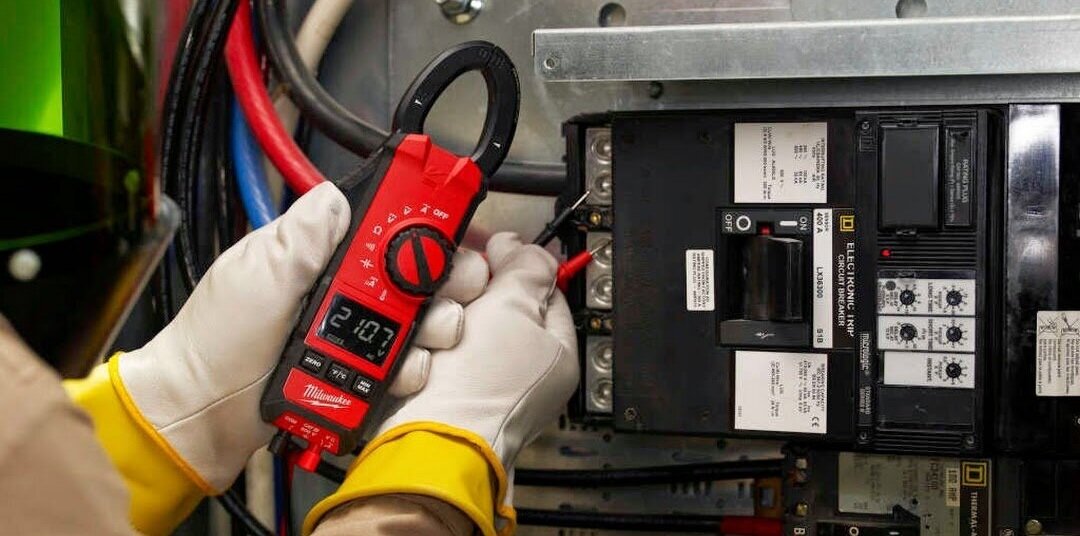Customized mechanical engineering industry support for your modern challenges.
Customized mechanical engineering industry support for your modern challenges.
Blog Article
Leading Tips for Effective Electrical System Troubleshooting
Fixing electrical systems calls for a systematic strategy, grounded in a detailed understanding of electric principles and security protocols. By familiarizing oneself with circuit elements, making use of important devices, and sticking to an organized analysis method, professionals can properly identify and fix concerns. The nuances of efficient repairing extend beyond mere technical understanding; understanding how to document searchings for and focus on security can dramatically affect outcomes. As we explore these crucial elements further, it becomes clear that grasping this process is not just helpful however crucial for success in the area.
Understand the Essentials
Comprehending the fundamentals of electrical systems is vital for efficient troubleshooting, as a solid structure enables specialists to diagnose and deal with issues extra successfully. A comprehensive understanding of electrical concepts, such as voltage, present, resistance, and power, is crucial in identifying the source of issues. Voltage is the electric prospective difference that drives present through a circuit, while resistance opposes the circulation of present, affecting the overall capability of the system.
Knowledge with circuit components, including resistors, capacitors, diodes, and switches over, is likewise paramount. Each element plays a distinct function in circuit habits and can influence performance when malfunctioning. Furthermore, understanding series and identical circuit arrangements is vital, as these plans affect the circulation of voltage and current within the system.
Additionally, expertise of safety protocols is vital. Professionals must know prospective threats, such as shock and brief circuits, to implement secure troubleshooting practices. By mastering these foundational concepts, specialists improve their capability to perform reliable diagnostics and fixings, ultimately leading to improved performance and reliability of electrical systems. This foundational knowledge is the keystone of effective repairing undertakings.
Gather Necessary Equipment
Efficient troubleshooting of electrical systems calls for the right set of devices to detect and resolve issues accurately. A fully equipped specialist can significantly boost performance and efficiency in identifying issues. Vital tools include a multimeter, which gauges voltage, existing, and resistance, enabling for precise analyses of electric elements. Secure meters are likewise beneficial for determining present without detaching the circuit, ensuring safety and convenience.
In addition, protected hand tools such as screwdrivers, pliers, and cord pole dancers are essential for safely manipulating electric connections. It is likewise recommended to have a circuit tester on hand to confirm the presence of voltage in electrical outlets and wires. For more complex systems, a thermal imaging video camera can aid find overheating components, suggesting potential failings.

Follow a Systematic Strategy
Having actually gathered the suitable tools, the following action in fixing electrical systems is to adhere to a methodical method. A systematic method makes sure that professionals can determine faults efficiently and precisely, reducing downtime and stopping unnecessary repairs.
Begin by examining the system's schematic diagrams and requirements. Comprehending the layout and operational criteria will certainly supply context for identifying concerns. Next off, isolate the problem area by utilizing a process of elimination. This entails checking each component methodically, starting from the power resource and working towards the tons.
Make use of screening devices, such as multimeters and oscilloscopes, to gather objective information about voltage, current, and resistance at numerous factors within the system. This empirical proof will lead your troubleshooting efforts and help to verify or eliminate potential root causes of failure.
Additionally, think about environmental factors that might affect the system's efficiency, such as temperature changes or dampness access. A detailed evaluation of circuitry, links, and parts will guarantee that all opportunities are made up.
File Your Searchings For
Detailed documentation is essential in the repairing process of electrical systems. This technique not only help in recognizing the origin reason of the issue however also offers as a reference for future repairing initiatives.

Additionally, preserving a log of components changed or fixings executed is important. This information sustains stock monitoring and can aid analyze the durability and integrity of particular parts.
Inevitably, the documents process ought to be comprehensive yet succinct, allowing easy access and review - electrical system troubleshooting. By focusing on comprehensive documents, specialists can produce a beneficial data base that not only help in current troubleshooting however likewise equips future maintenance efforts, thereby enhancing overall system integrity

Prioritize Precaution
Identifying the inherent dangers connected with electrical systems is vital for ensuring safety during troubleshooting. Electrical shock, burns, and devices damages are just a few of the possible threats that specialists face. Focusing on safety actions is not just a lawful obligation yet likewise an ethical necessary that safeguards both the service technician and the surrounding setting.
Prior to beginning any type of troubleshooting task, service technicians must put on ideal personal safety tools (PPE), consisting of protected gloves, security glasses, and flame-resistant clothes. Guaranteeing that the workspace is completely dry and cost-free of clutter can substantially reduce the threat of mishaps. Moreover, it is necessary to de-energize circuits prior to beginning any job, validating that they are not live with making use of a multimeter or voltage tester.
Establishing clear communication methods with employee is likewise crucial; this makes certain that everybody understands potential dangers and the condition of the electric system being dealt with. Lastly, having an emergency situation response plan in location can verify very useful in case of regulatory compliance assistance an incident. By focusing on precaution, specialists can effectively reduce risks and cultivate a more secure work environment.
Conclusion
Effective electric system troubleshooting relies upon an extensive understanding of basic principles and a systematic approach. By gathering essential tools, adhering to organized analysis strategies, and diligently documenting findings, the repairing process ends up being extra effective and dependable. Focusing on precaution guarantees the wellness of individuals involved and the honesty of the electrical system. Carrying out these methods will enhance the fixing experience, leading to quicker resolutions and boosted functional efficiency in electric systems.
Report this page